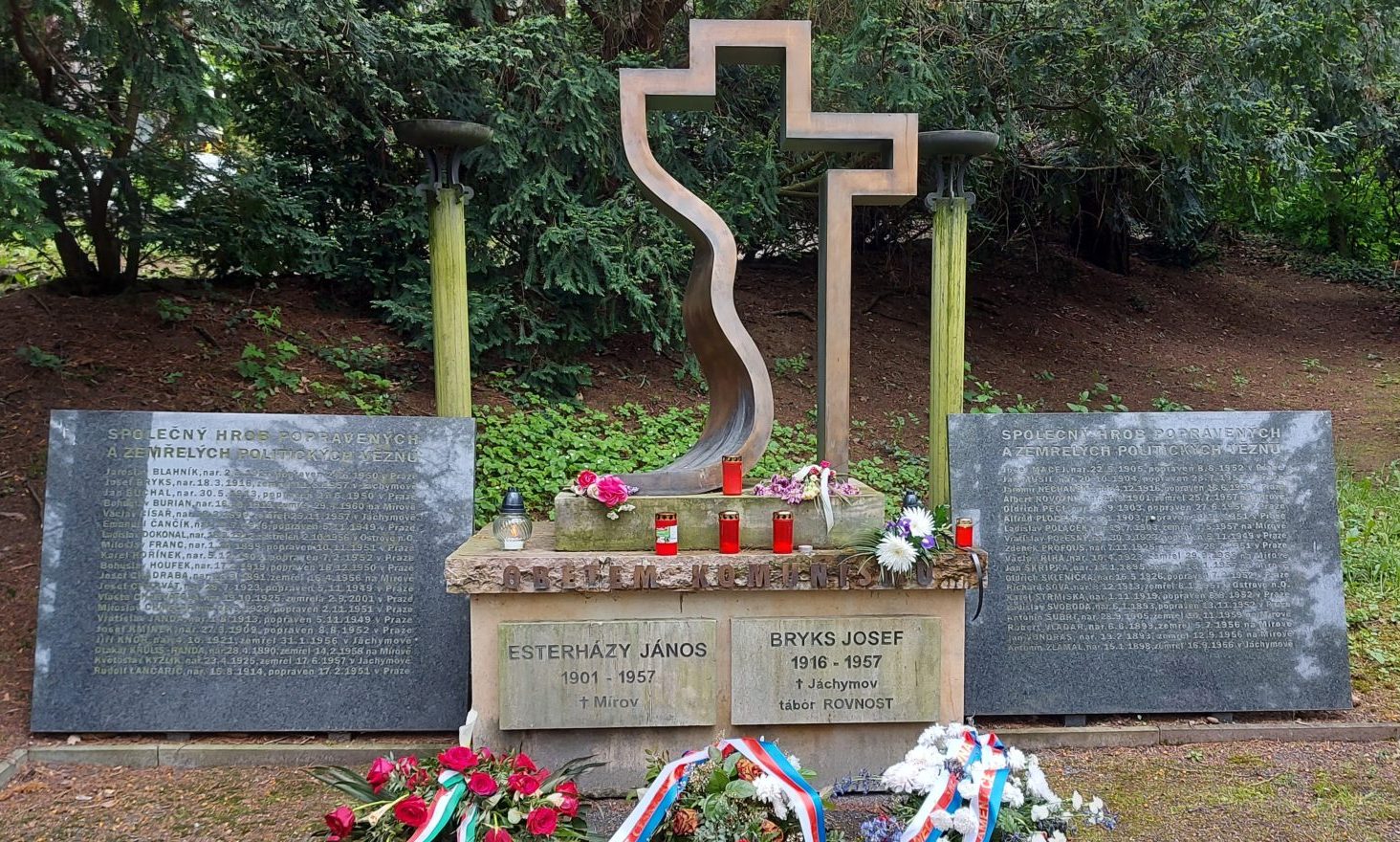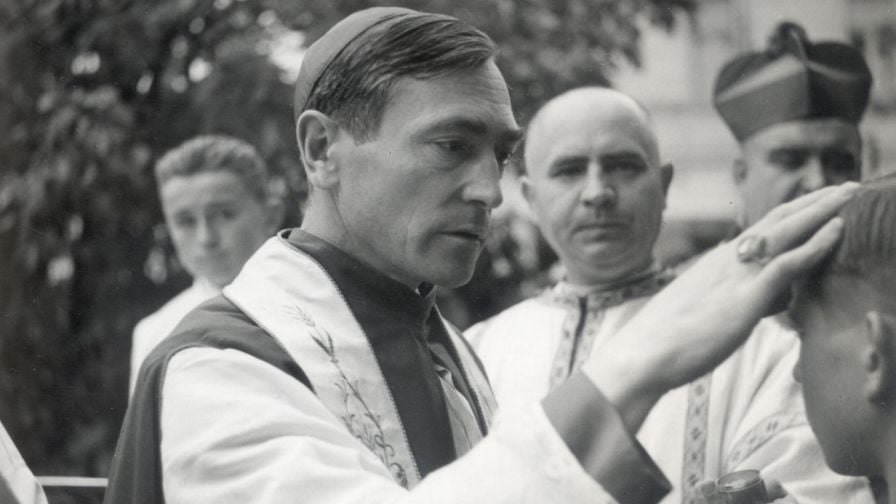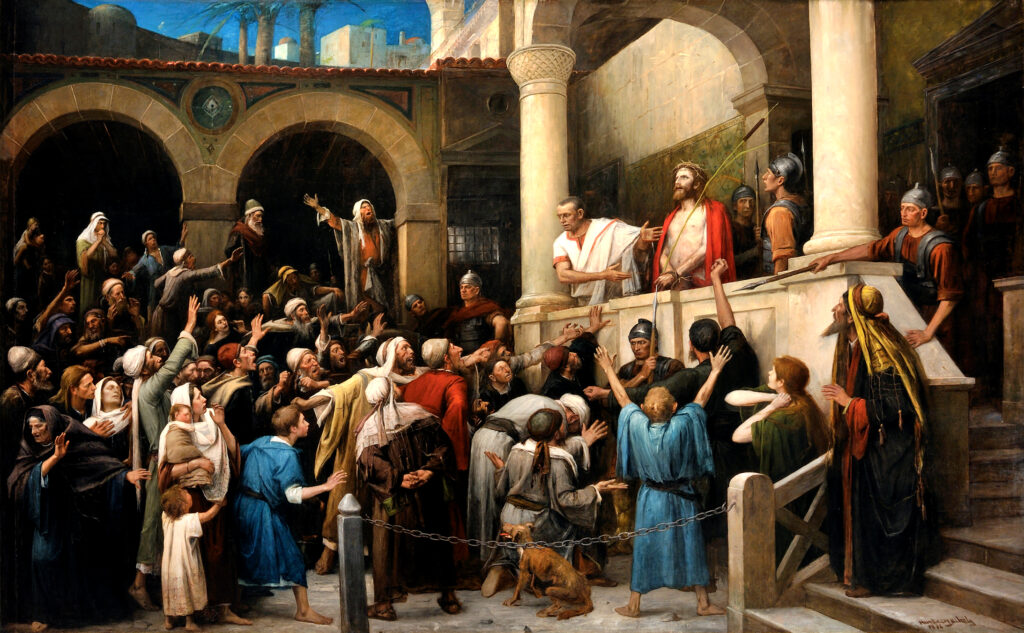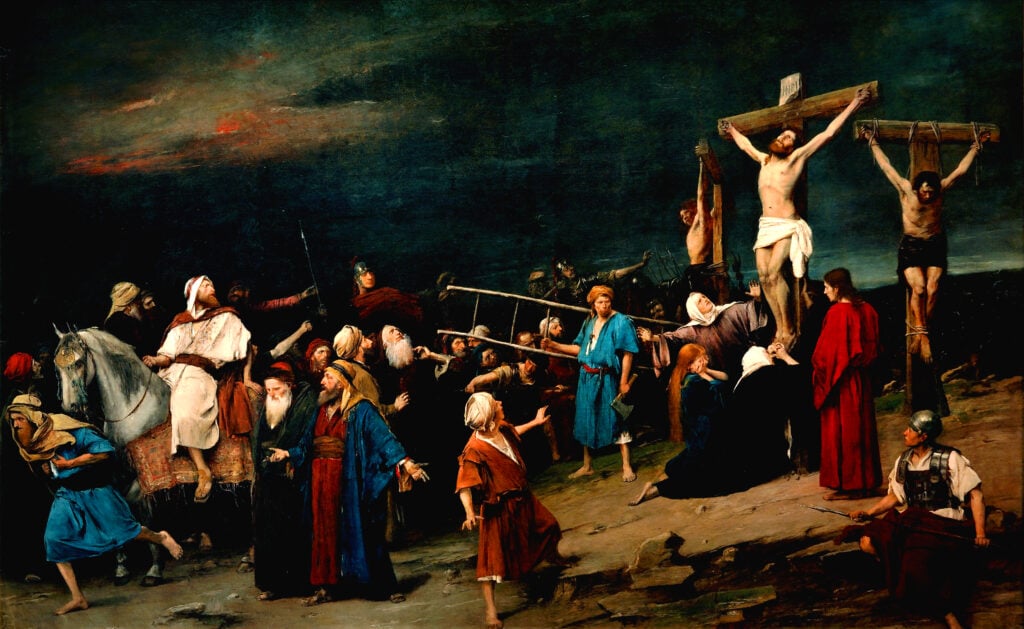
A commemoration was held in Prague remembering János Esterházy.Continue reading

What Cardinal József Mindszenty was for the motherland and Count János Esterházy for the Hungarians in Slovakia, the Transylvanian bishop Áron Márton was for the Hungarian community in Romania: a confessor whose life became an imitatio Christi, a following of the Lord.

Áron Márton. Photo: Wikipedia
He led his politically orphaned people through the two dictatorships of the past century, knowing full well that suffering is only God’s penultimate word, that Good Friday for individuals and nations is always followed by resurrection. He worked tirelessly not only for his own believers, but for all those persecuted in his time: Jews, Greek Catholic Romanians, victims of class hatred across ethnic boundaries. Often referred to as the “Human Cathedral” of Transylvania, Áron Márton did not allow himself to be defeated by expulsion, slander, betrayal, imprisonment, and forced residence, but retained throughout his life an “Easter view” of people and history, which also comes to the fore in the present address, written sometime in the 1930s. In our present day, marked by political dogmatism, hatred of Christian truth and love, ethnic isolationism, and ideological narrow-mindedness, Bishop Márton’s message is more relevant than ever.
“At Easter, we celebrate the triumph of justice. Hatred and malice crucified truth and love, but on the third day, Jesus rose again, to the great astonishment of his enemies. Their hatred persecuted him in an inhuman manner until the very last moment. No one could answer the question of what wrong he had done, but his thousand bleeding wounds, his unspeakable pain, his divine gaze of forgiveness could not spark the slightest sign of compassion, neither in the crowd that shouted at his cross, nor in his judges who knowingly and unjustly drove him to death.
He brought the good news that God is neither the God of one people nor the God of vengeance,
but the heavenly Father of all people, and therefore all people are brothers and sisters and humanity is one big family in which there are no inferior or despicable members. He did not come to satisfy the demands of one people, but brought the truth to all of humanity; he did not found a political party or a religious sect; he did not oppose the existing legal order and rule with new theories, but merely pruned them back to their true value and proclaimed, in a language understandable to all and with deeds that expressed more than words, the simple fundamental truths that make human life possible and bearable.

Mihály Munkácsy: Ecce Homo. Photo: Wikipedia
However, the various parties proclaimed different “truths,” and when they realized that the Nazarene’s teachings were threatening their influence over the masses, they brought accusations against him.
They hired false witnesses and paid one of his closest confidants to betray him. Then his enemies judged him. He had no one to speak in his defense, and after enduring a gauntlet of torture and insults, he was led to the cross of the criminals. Hatred accompanied him there too; he was already burning on the gruesome pyre of pain, but his enemies mocked him with merciless ridicule and laughed their victory in the face of the suffering man.

Mihály Munkácsy: Christ in front of Pilate. Photo: Wikipedia
An unexpected turn of events occurred, not what anyone had expected. No sooner had the body on the cross stopped writhing, no sooner had the feverish lips closed, than the commander of the troops on duty cried out: it was indeed the Son of God. And the crowd, the spectators of the terrible drama, beat their breasts and went home in silence. Everything they did had a different effect than they thought. At that moment, they had hoped for final victory, but instead, the resurrection of the crucified one began in the hearts of the people. His tomb was sealed, soldiers were posted at its side, and Christ, the crucified truth, rose from his tomb on Easter morning, disregarding the seal and the soldiers, to
to proclaim the invincibility of justice and life in history, as a consolation for the suffering and a warning to those who trust in the power of coercion and violence.

Mihály Munkácsy: Golgota. Photo: Wikipedia
Here lies the secret of resurrection:
The bloody path of suffering and pain ends with the grim scene of Golgotha, but is transformed into the glory of the Easter tomb.
With the trampling of the righteous begins the triumph of justice, with the rejection of the innocent the exaltation of innocence. Violence can kill the earthly and mundane in us, it can suppress the temporal and transitory, it can burn in the fire of pain what is dross and decay, but at the same time it purifies the people and individuals who are thrown onto the pyre of suffering; it prepares within us the radiant resurrection of timeless values, the triumph of truths.
The path that leads here is the path of Good Friday.
And this is the law of all resurrection: for a serious result, there is always a high price to pay.
The rough material must be worked on with persistent effort to make it usable and beautiful, just as rough nature must be worked on to make it useful and rich, and the formless soul to make it full of character and holy. Metal is given a beautiful shape with a hammer, marble with a chisel. The earth is broken up with a plow and torn apart with a hoe to make it fertile. The soul, permeated by passions and instincts, is shaped into character through self-denial and discipline. And societies that want to rise out of their economic and moral awkwardness also need a determined will and great effort.”
Via Roman Catholic Archdiocese Alba Iulia, Featured photo via Wikipedia